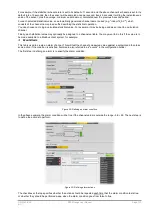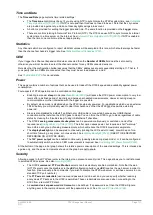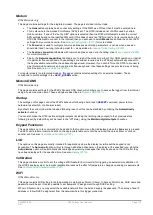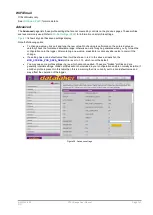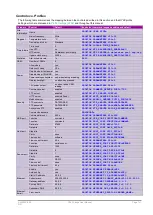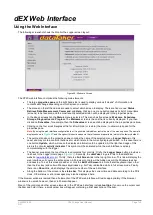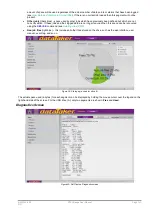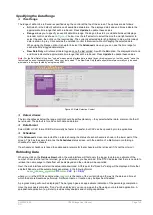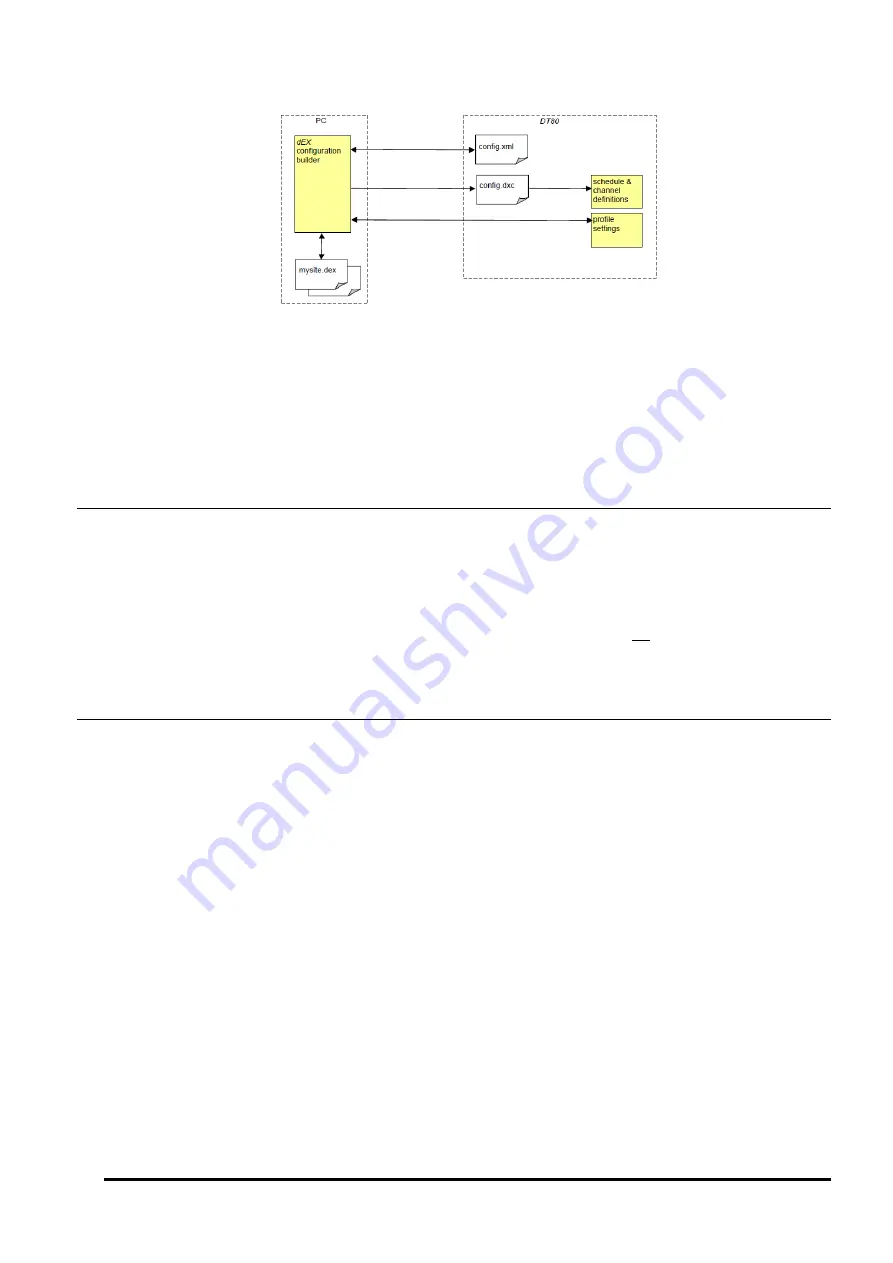
UM-0085-B09
DT80 Range User Manual
Page 144
RG
Configuration Files
Figure 37: How
dEX
stores configuration information
The above diagram summarises how configuration details are stored. Notice that:
•
dEX
saves your configuration to the logger as (1) an XML file (config.xml); (2) the equivalent logger command
language file (config.dxc), which the logger then interprets in the usual way in order to set up its schedules and
channels; and (3) the set of profile settings.
•
dEX
retrieves the configuration from the logger by reading back the config.xml file and the profile settings. It
does not read the config.dxc file that it generated, nor can it read the actual schedule and channel definitions
(which may have been changed outside of
dEX
).
•
You can store any number of configuration XML files (which also include profile settings) on your computer's file
system (.
dEX
files).
Logger Controls
The
Logger
menu allows some basic logger control functions to be performed.
The
Set Logger Date & Time
option allows you to set the logger's time to the current PC time, or to set it manually to a
specific value.
Restart
will perform the
RUNJOB"CONFIG"
command. This will reload the schedule and channel definitions that have
been previously saved to the logger. Unlike the
Save to Logger
command,
Restart
will not change any profile settings,
nor will it reset channel variables or digital outputs.
Stop
and
Resume
will issue the
H
(halt) and
G
(go) commands respectively, which will halt and resume all schedules.
Finally, the
Clear all data
option will delete any logged data for the current configuration (
DELD job=config
).
Preventing Configuration Changes
Once the
DT80
has been fully configured, you may wish to remove the configuration builder option from the
Logger
home
page, so that it is no longer accessible to everyday users. To do this, rename the folder
b:\www\jango
, which
contains the configuration builder. You can use the command interface:
RENAME b:\www\jango b:\www\jango_hidden
(If entered using
DeTransfer
, use
\\
rather than
\
.)
Alternatively, connect to the
DT80
's FTP server and use your FTP client to rename the folder.



